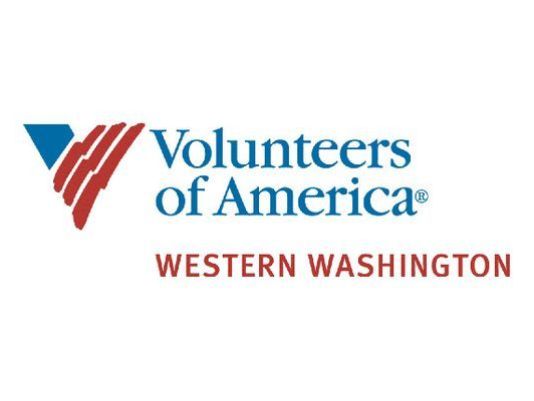.jpg) Outreach
Outreach
Within the first year of a gleaning program, it is advantageous to send out information to potential collaborating farms during the offseason. During the off season a farmer would be more likely to catch an email or letter or have the time meet in person to discuss the program further. Start with a light touch, such as a hand-written letter explaining your gleaning program and local food banks you are working with. Follow up with an email at a later date to show persistence and interest in their farm. Also connect with individuals in the community that are in touch with local farms; possibly a key member of agriculture in local government to send out an email or article.
Farm Size
Don’t underestimate small-scale farms for gleaning. Gleaning opportunities are very likely to occur when farms operate through hand harvesting. Farms that operate through hand harvesting will often stop harvesting certain crops if it is no longer profitable. Small-scale vegetable farms generally rotate through multiple crops throughout the growing season as well, so provides more opportunities for gleans. Many small-scale farms work with local restaurants so their produce needs to be premium quality; if a crop is no longer optimum for harvest they may till it under if there are no other outlets for that crop.
Farm Varieties
Connect with all scale farms as well as all types of farms: each farm presents unique scenarios that lead to gleans. For instance, a sweet corn farm is most likely a larger scale farm and operates via machine harvest. If there is an irregular weather pattern over the harvest season, it may throw the farmer a curve ball leading to successional crops to ripen too rapidly. This can create a scenario where the farm cannot keep up with the harvest and has to move on to the latter harvest to keep up with the growth. This presents opportunities for gleaning.
Meet with local growers
Try to set up meetings with local commercial growers. This is a great way to represent the professionalism of the program and assure the farmer of your gleaning practices to ease any concerns. It is a great way to get to know the farmers and learn of possible scenarios for gleaning opportunities as they may apply to other similar farms! Ask for a farm tour, this is the best way to get to know the farm! Be honest with your agriculture experience, farmers and farm employees are usually very willing and excited to share information with you (you will find many members of the agriculture community are still learning, remember not every farmer grew up on a farm and had to learn at some point too)!
Communication
A challenge of coordinating a gleaning program is staying in touch with local growers when the growing season gets started: local farmers are very busy! It is helpful to have a conversation before the growing season regarding how they would like to participate in the program and what is the best way to reach out to them. Some farms may want to be in touch at the end of the growing season (if they have a monoculture farm or a farm market that will be closing at a certain date), or other farms may want to get in touch throughout the growing season as gleaning opportunities occur. Learn the Farm’s seasons so you can have them on your radar. Gleaning often is a result of unpredictable weather, so stay in tune with if there is an irregular season and if that is affecting the arrival date of certain crops.
Appreciation
Make sure you express appreciation for the gleaning opportunities in person if you have the chance to do so, but always follow up with a hand written thank you note and a receipt for the donation if possible. Thank the farmer through a post on social media to share their donation with the community. It may be a good idea to ask the farmer if that is okay with them first.
Engagement
Keep your farmers in the loop of what is going on with your gleaning program. You can do this by including them in a monthly newsletter, connect with them on Facebook, or become a customer at a local farmers market.

.jpg) Outreach
Outreach 